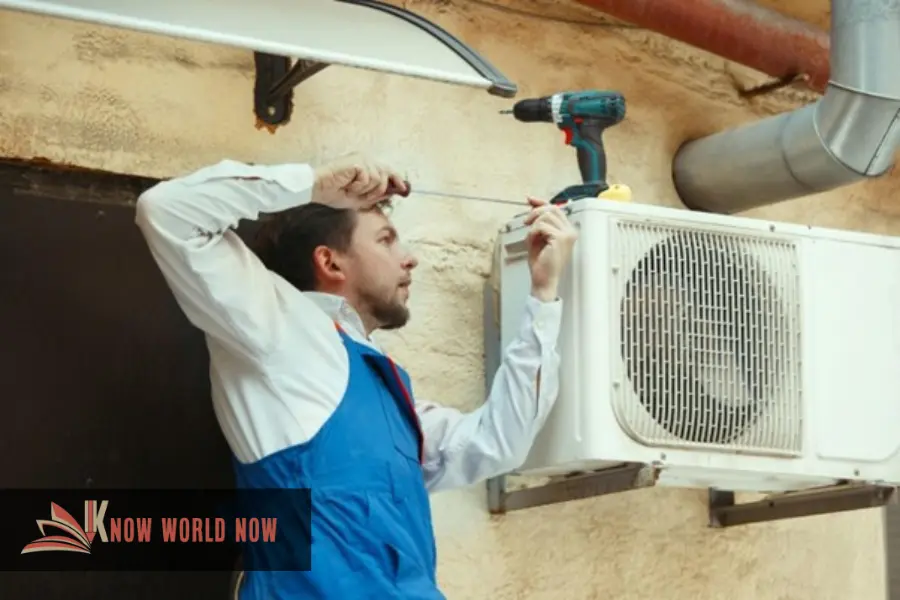At some point, repairs to your old HVAC system no longer make economic sense; at that point, it might be worthwhile considering upgrading to something more energy-efficient and reliable.
A professional inspection can determine whether it’s time for repairs or a replacement based on several factors.
You’ll want to consider the system’s age, frequency of breakdowns, and energy consumption; for more detailed guidance on HVAC upgrades, check out this page.
Signs of a failing system
As soon as your HVAC system begins to fail, its proper operation will no longer provide optimal comfort in your home. If you notice signs that your heating or cooling is no longer functioning as you expected, it’s wise to contact a professional as soon as possible so they can fix it and make your space comfortable once more.
Notice a musty smell in your home? This could indicate that one or more mechanical parts in the unit are beginning to wear down and need replacing. Loud noises like screeching, banging, thumping and whining could indicate that your unit needs repairs or replacement.
Airflow from your vents has decreased, resulting from dirty filters, blocked ducts or malfunctioning fans. A technician should inspect and diagnose what’s causing this.
This could require costly repairs or even an entire unit replacement; regular inspections and maintenance checks can catch many issues before they become an issue.
Increased utility bills
If your energy bills have recently seen an unexpected jump but are not due to extreme temperatures like winter or summer, it could be that your HVAC system has been operating overtime, leading to higher utility bills and reduced efficiency, leading to additional repair bills soon.
Uneven air distribution in your home could also indicate that your unit is too weak or that poor ductwork needs replacing. Energy-efficient newer systems may save upfront costs and future energy bills; check with local utility companies about rebate programs to upgrade to energy-saving units.
Dust around your home
Dirt and dust tend to congregate around air vents on ceilings or walls, mainly due to airflow from vents causing turbulence that forces dirt particles into contact with each vent cover and adheres them there. This is often due to clogged filters or dirty ducts being present and should be addressed by cleaning these.
Black specks of irregular or round material found around vents don’t necessarily signify soot; this could indicate that mold has formed within your ductwork and will be distributed throughout your home each time your HVAC system runs.
An experienced contractor can assess your unit to determine whether its issues can be solved quickly with simple repairs or require more complex work that warrants replacing it. In the latter case, their system can be designed in such a way as to reduce energy waste and cut future bills.
Age
Homeowners typically take little notice of their HVAC system until it malfunctions and causes sweaty summer nights or freezing winter mornings. If your HVAC system has been in service for over ten years, now may be the time to start saving up for its replacement.
Notably, with regular maintenance, your HVAC system can last up to 20 years; however, the efficiency will inevitably decline over time, driving up energy costs.
If the repair cost exceeds 50% of what replacing it would cost, it may be in your best interests to opt for the latter instead of paying more. By investing in a new unit, you could reap immediate improvements in energy efficiency that reduce utility bills significantly.




![F95Zone Games - The Ultimate Guide for 2021 [F95Z Guide] 5 F95Zone Games](https://knowworldnow.com/wp-content/uploads/2021/07/ArTtW5LrK3b-z-0-y-637f48d86203817a9042a857.webp)